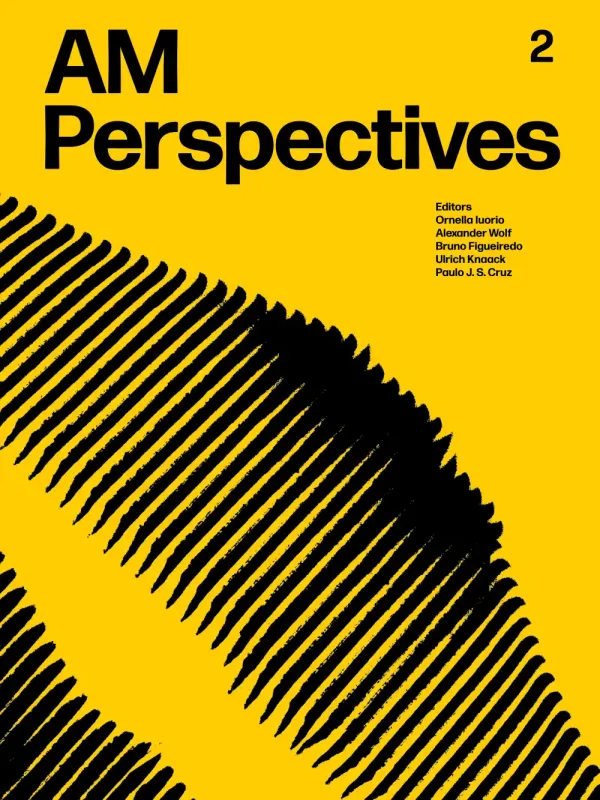PARAMETRIC DESIGN FOR ADDITIVE MANUFACTURING
APPLICATION IN FACADE PANELS
Synopsis
The increasing emphasis on sustainability and energy efficiency in the construction sector has driven the exploration of innovative solutions to enhance building performance. This study investigates the potential of additive manufacturing (AM) in constructing thermally efficient facade panels. Drawing inspiration from biomimetic principles, the research explores how hexagonal geometries, can optimise material usage and thermal performance while maintaining structural integrity; leveraging parametric modelling tools, such as Grasshopper, the study systematically iterates through geometric configurations to balance thermal resistance, material efficiency, and aesthetic objectives. The proposed panels incorporate surface reliefs and optimised internal voids to reduce heat transfer via conduction, convection, and radiation. A computational design framework integrates thermal simulations, solar radiation analysis, and structural considerations to validate design performance. Fabrication is executed using a robotic arm equipped with an extruder, enabling precise deposition of cementitious material and demonstrating scalable manufacturing processes without traditional formwork. Key findings highlight the interplay between geometry, material distribution, and robotic manufacturing, showing that advanced designs can achieve self-shading effects, reduce thermal bridging, and improve energy efficiency. Simulation results confirm the effectiveness of surface texturing and cavity optimisation in minimising solar heat gain and enhancing insulation properties. Despite printing tolerances and prototype scaling challenges, the study validates the feasibility of creating customisable, sustainable facade solutions for diverse climatic contexts. This research underscores the transformative potential of integrating biomimetic design, parametric optimisation, and additive manufacturing to redefine energy-efficient building envelopes. It sets the groundwork for future advancements in scalable, sustainable construction practices that address contemporary environmental and performance-driven challenges.






